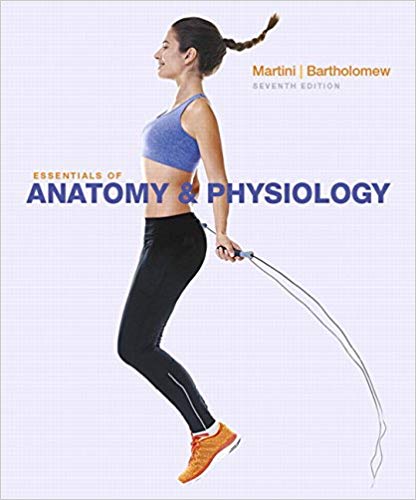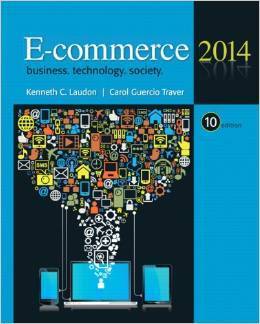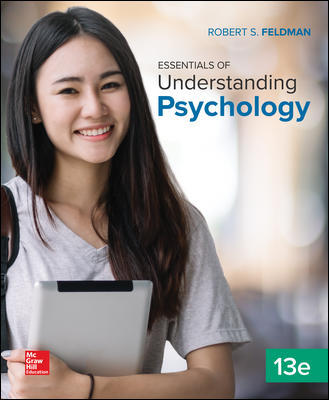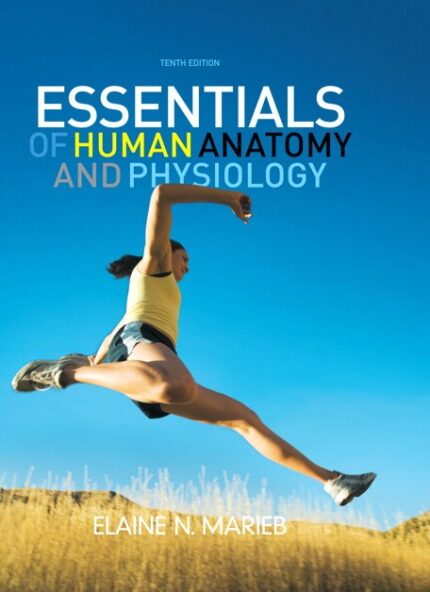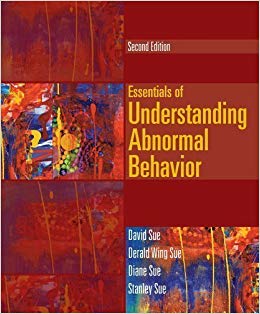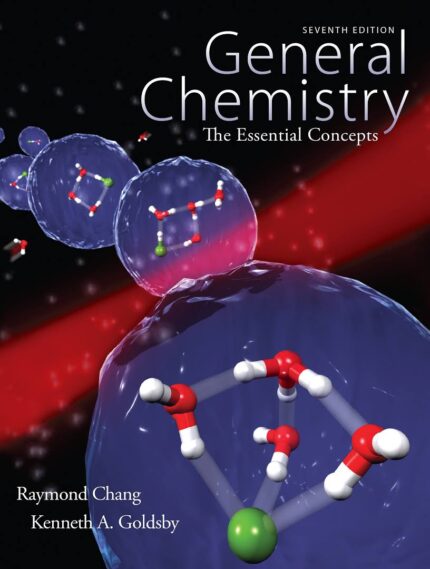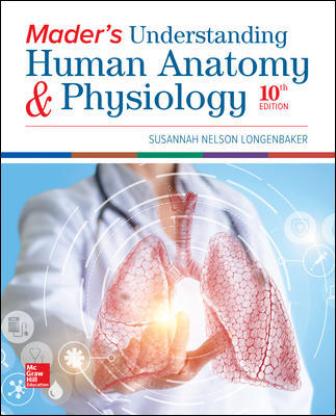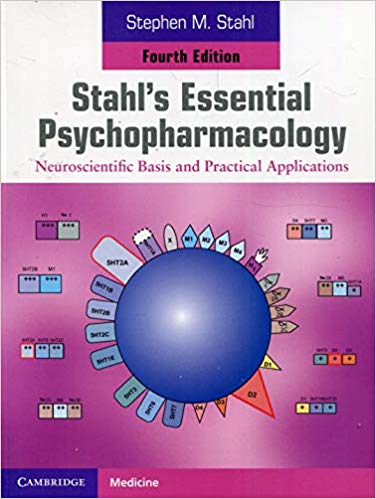Test Bank For Essentials of Anatomy And Physiology 7th Edition by Martini Bartholomew
Essentials of Anatomy & Physiology, 7e (Martini/Bartholomew)
Chapter 1 An Introduction to Anatomy and Physiology
1.1 Multiple-Choice Questions
1) Characteristics of living organisms include the ability to
A) repair and completely restore itself during any type of injury.
B) respond and adapt to their environment.
C) control the external environment.
D) form positive feedback loops.
E) create a protective covering over themselves.
Answer: B
Learning Outcome: 1-1
Bloom’s Taxonomy: Remembering
2) The waste products of metabolism are eliminated through the process of
A) assimilation.
B) absorption.
C) excretion.
D) digestion.
E) resorption.
Answer: C
Learning Outcome: 1-1
Bloom’s Taxonomy: Remembering
3) Humans have specialized organ systems compared to smaller organisms because
A) we have to interact with our environment and smaller organisms do not.
B) smaller organisms do not need as many nutrients.
C) our cells are larger.
D) small organisms do not do the same processes than humans do.
E) there is multicellularity and increased size in larger organisms.
Answer: E
Learning Outcome: 1-1
Bloom’s Taxonomy: Understanding
4) Think about the definitions of anatomy and of physiology. The relationship between these two fields is best described by the following statement:
A) Anatomy is the study of function.
B) All structures are derived from an ancestral structure.
C) Physiology becomes more complex over time.
D) Structure follows function.
E) Organs that have a similar function also have a similar structure.
Answer: D
Learning Outcome: 1-2
Bloom’s Taxonomy: Understanding

